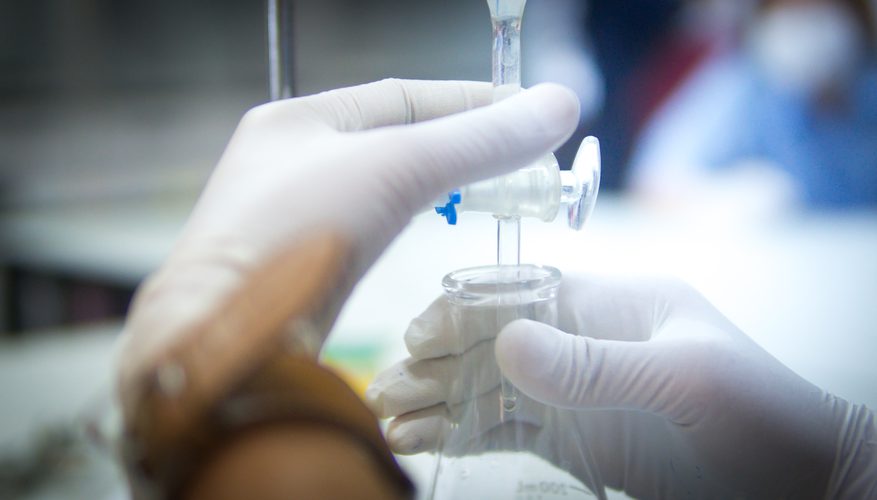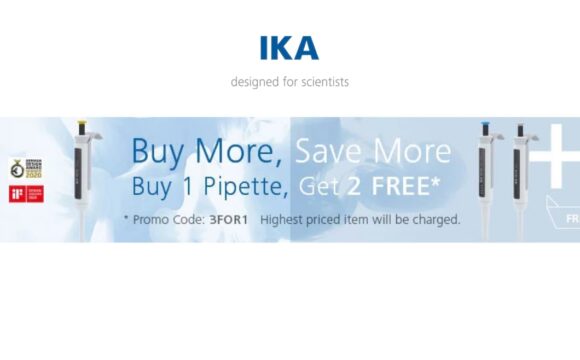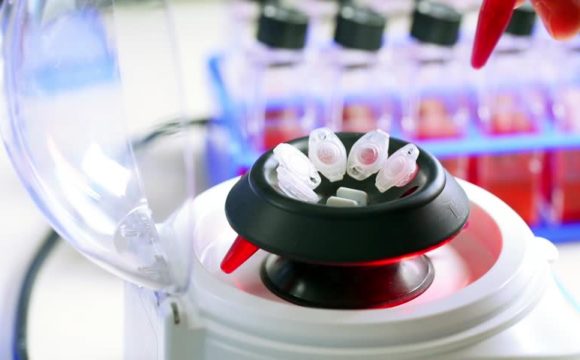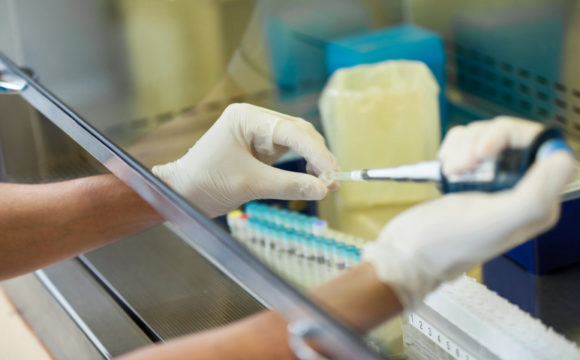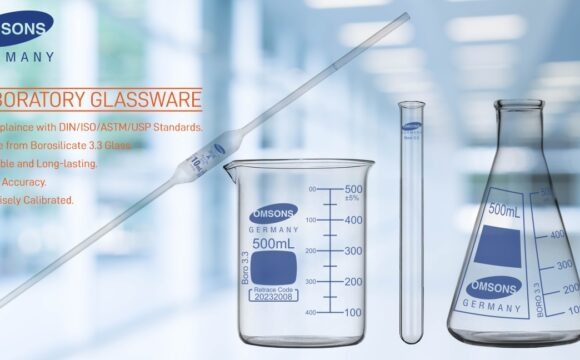What is titration?
Titration is a common laboratory technique to determine the concentration of an unknown solution. It involves slowly adding a solution with known concentration to a fixed volume of a solution with unknown concentration until neutralization is achieved as indicated by the color change of the indicator used. The titrant (the known solution) is filled in a burette and released slowly to a known volume of the analyte (the unknown solution) in a conical flask until the reaction is complete. Often, an indicator is added to the analyte which changes color at the end-point of the titration. Since the concentration and volume of the titrant are known, as well as the volume of the analyte, one can easily calculate the concentration of the analyte.
Titration is commonly used in various industrial labs for analysis of chemical compounds and finds applications in various fields such as Environmental studies, wastewater analysis, nutritional implications of food products, wine-making, pharmacology etc.
Performing titration with:
- Glass Burette:
One of the most conventional and widely accepted instruments to perform titration is the glass burette.
The glass burette is a long, graduated glass tube with a stopcock at its lower end, and a tapered capillary tube at the stopcock’s outlet. The stopcock valve controls the flow of liquid from the tube to the tip of the burette.
Though this instrument is cost-effective the titration results obtained from a glass burette may have relatively low accuracy and precision. Being a manual procedure, one has to be careful while performing titration in a glass burette and should practice extra vigilance.
– The glass burette must be clamped to the stand aligned on a vertical straight line, 90 degrees to the horizontal base.
– Since the titrant is filled vertically in the burette until its top graduation mark, there can be slight errors in volume accuracy. Also, depending on the type of the titrant, the safety of the user might be at risk.
– It is important to optimize the speed at which titrant should be dispensed from the burette, which has to be done every time the titration is performed. If it’s too slow, the titration period will be unnecessarily prolonged; and if it’s too fast, the equivalence point will be missed.
– The valve tightness and security is a common challenge while using a glass burette. If the valve is tight it will be difficult to optimize and maintain the flow, and if it’s not secured properly, there will be leakage leading to inaccuracy.
– The endpoint of the reaction indicated by slight color change needs to be carefully and accurately noted.
– Once all these steps are carried out successfully, the correct volume of the consumed titrant needs to be noted by observing the meniscus and corresponding graduation mark in the burette. Then the final concentration of the analyte can be calculated.
All these points clearly show how a simple titration experiment using a glass burette can be unreliable or present with the different form of problems to the user.
- Digital Burettes:
Digital burettes are a good alternative to the glass burettes. These digital burettes are directly attached to a bottle filled with the titrating solution.
Generally, the digital burettes consist of a hand-wheel which is rotated manually to perform a titration. The liquid is filled in and dispensed by rotating the hand-wheels in the up and down directions respectively.
Using a digital burette, hazardous titrating solutions can be handled without worrying about spillage, thereby ensuring user safety.
Thus, a digital burette minimizes the risk posed by multiple sources of error that might occur in titrations with conventional glass burettes. However, it cannot ultimately provide the most accurate and precise results.
- Electronic Burettes:
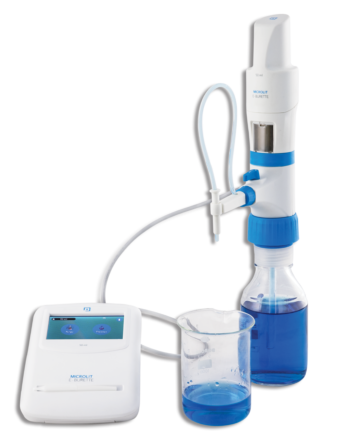
An electronic burette or e-burette, like MICROLIT E-BURETTE (above figure), is an advanced version of the digital burette. The manual hand-wheel rotation is replaced by a motor controlled piston movement.
As per ISO 8655-6, Section7.7.2, “Dispensing results are largely affected by the piston speed in all kind of piston-operated volumetric dispensing devices.”
In the case of existing Digital burettes which require manual dispensing through a rotating wheel, the wheel rotation speed is not fixed and varies from user to user. This can compromise on the precision of the results and affect its reproducibility.
Motor controlled piston movement of MICROLIT E-BURETTE rules out manual-hand-wheel-operation and inconsistencies arising due to variations in user speed as it is individually calibrated at all three pre-set speeds. This eliminates human error making it ‘Real Automated Motorized Burette’. The accuracy offered by MICROLIT E-BURETTE is way higher than that offered by glass burettes or digital burettes. Also, there is a negligible chance of human error due to automation of most of the work. This burette offers sophisticated features and functionality like motor controlled piston movement, a touch screen enabled control panel and calibrated pre-set speeds to perform highly accurate titrations.
Listed below are some of the features of MICROLIT E-BURETTE that help in performing titration in an easier, more accurate and more precise manner:
Motor Controlled Piston Movement:
Motor Controlled Piston Movement facilitates correct and comfortable titrations by eliminating the errors associated with manual hand-wheel controlled piston movement.
Work Accurately with 3 Calibrated Pre-set Speeds:
MICROLIT E-BURETTE can be flexibly operated at 3 Calibrated Pre-set Speeds, including dropwise dispensing, to achieve accurate endpoints.
Re-directing Reagents with Recirculation Mode
Recirculation Mode prevents the loss of reagents during purging by re-directing them into the mounted bottle and facilitates bubble free dispensing.
Easy Dispensing with FlexiNozzleTM
FlexiNozzleTM is an adjustable delivery nozzle with a high degree of flexibility in both the horizontal and vertical directions which facilitates easy dispensing of the titrating solution.
Quick Titrations with TFT Touchscreen
A user-friendly TFT Touchscreen guides quick and accurate titrations and displays numeric data up to the second decimal. Just the Stylus has to be pressed against it to perform dispensing and lifted to stop the flow at once.
Enhanced Functionality with a Robust Control Panel
The instrument comes with a powerful Control Panel. Use it to perform functions like automatically re-fill without changing the reading, perform a zero reset (via Tare), switch the instrument off, etc.
Toughened Materials
The external components of the instrument are made up of specially selected glass filled polypropylene. This ensures high mechanical strength and high dimensional accuracy of components.
Select your titrating equipment considering all the factors and as suitable to your laboratory facility.
Reference: http://www.microlit.com/how-digital-burettes-help-to-perform-highly-precise-and-accurate-titration/



